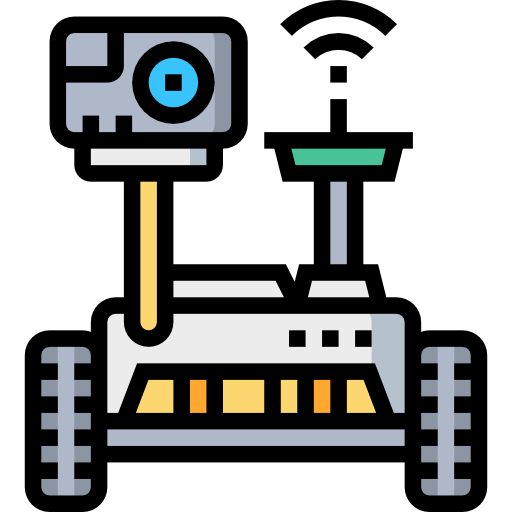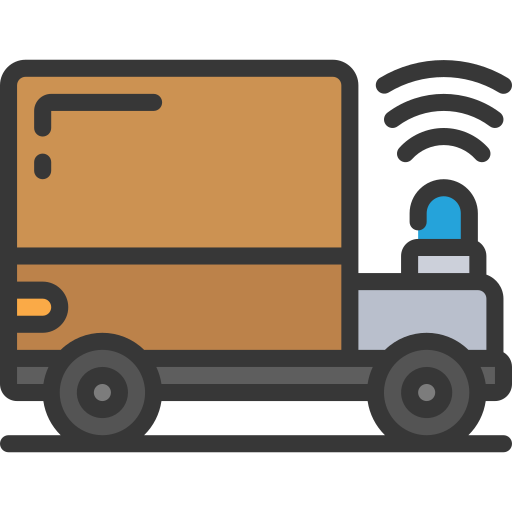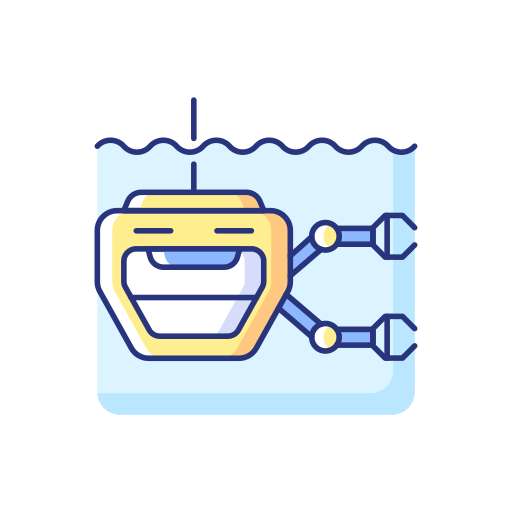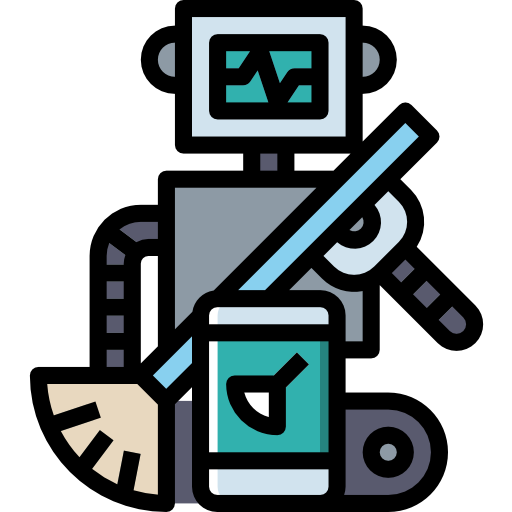Robots are envisioned to perform complex tasks in cluttered households, continuously changing plantations, hardly perceivable ocean floors, or entirely unexplored other planets. The key to acting in such surroundings and understanding them is to possess a robust sense of (visual) perception. However, most robot perception methods today rely on the closed-set assumption, which contradicts the open-set world they have to interact with. Most environments are constantly changing with previously unknown classes (e.g. relatively new e-scooters do not appear in many datasets). For planetary exploration, the closed-set assumption is in itself rather problematic since one tries to search for the unknown. Robust autonomous systems must be resilient and adaptable: They need to detect open-set samples and leverage these unknown instances for continual improvement and adaptation within the system.
Dealing with the open-set problem is now more crucial than ever. Since robots are deployed in more parts even in our day-to-day lives, it is important to guarantee secure functionality. This workshop proposal comes at a time when anybody can buy robots that can easily walk through family homes or greenhouses but still fail to reliably distinguish between a coffee table and a bench. Right now researchers know the architectures that can scale to large closed sets, but what is lacking behind are methods and tools that are able to deal with novel observations that robots make during their deployment. In this context, robotic perception first requires the ability to understand unknown situations. The detection of potentially new information is crucial for a safe interaction but then opens opportunities to adapt the perception on the fly. To this end, we divide the topics into two main groups, namely the Detection of and the Learning from Open-Set Samples.
Talks and Submissions cover:
Detection of Open-Set Samples:
- Out-of-Distribution / Anomaly / Novelty Detection and Segmentation
- Uncertainty Estimation for Machine Vision
- Open-Set Limitations of Foundation Models
Learning from Open-Set Samples:
- Transfer Learning and Domain Adaptation
- Continual and (Inter-)Active Learning on Robots
- Self-supervised Learning in Deployments
- Fairness, Transparency, and Privacy in Adaptive Perception Systems




















